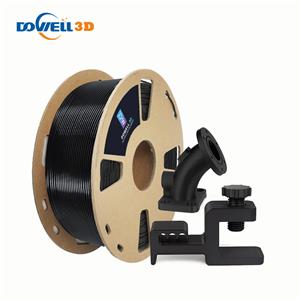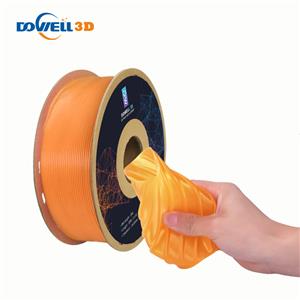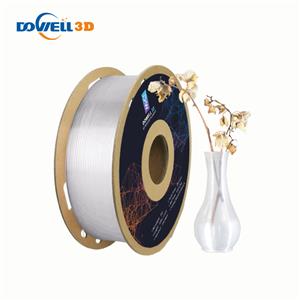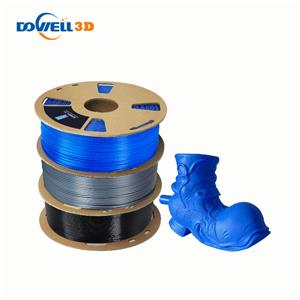3D printing filament: Comparison PLA, TPU and ABS
The difference bewteen PLA & TPU & ABS 3d filaments
The rapid development of 3D printing technology has brought many new opportunities and challenges to the manufacturing industry. In the 3D printing process, the choice of consumables is crucial to the printing effect and product performance. This article will focus on one of the most commonly used 3D printing filaments: PLA, TPU, and ABS, and compare them.
1. PLA (polylactic acid)
As one of the most commonly used 3D printing filaments, PLA has many advantages. First of all, PLA is a biodegradable material made from renewable resources and has good environmental performance. Secondly, PLA is suitable for most 3D printers and has a low melting point, making it easy to print. In addition, parts printed with PLA have smooth surfaces, rich details, and no pungent smell.
However, PLA also has some limitations. First of all, due to its low melting point, parts printed with PLA tend to soften and deform in high temperature environments. Secondly, the strength and durability of parts printed from PLA are relatively low and are not suitable for making parts that can withstand high pressure or high friction.
2. TPU (thermoplastic polyurethane)
Unlike PLA, TPU is an elastic material suitable for making parts that require flexibility and wear resistance. Parts printed from TPU have extremely high elasticity and resilience and can withstand large impact and tensile forces. In addition, TPU also has good oil resistance, solvent resistance and wear resistance.
However, TPU is more difficult to print. Due to its high elasticity and viscosity, jamming and plugging may easily occur. In addition, TPU has a large shrinkage rate and can easily cause deformation. Therefore, when printing with TPU, it is necessary to adjust the printing parameters and strengthen the design of the support structure.
3. ABS (acrylonitrile-butadiene-styrene copolymer)
ABS is a common and versatile 3D printing filament. It has good strength and durability and is suitable for making parts that can withstand greater pressure and impact. In addition, ABS has a smooth surface and is easy to process and post-process.
However, ABS also has some shortcomings. First, the pungent odor released when printing with ABS may be harmful to health. Secondly, printing with ABS often requires a heated bed to prevent deformation, and for some 3D printers, the ABS printing process is more complicated. In addition, ABS is not biodegradable.
4. PLA vs. TPU vs. ABS
Choosing the right 3D printing filaments depends on the performance required for printing and the application scenario. If you pay attention to environmental performance, ease of printing and surface texture, then PLA is a good choice. If wear resistance, flexibility and resilience are required, consider using TPU. And if you require higher strength and durability, then ABS may be more suitable for your needs.
In short, PLA, TPU and ABS are all commonly used 3D printing filaments, and each filament has its own unique characteristics and applicability. Depending on your specific needs, choosing the right filament can ensure you print the ideal part.




